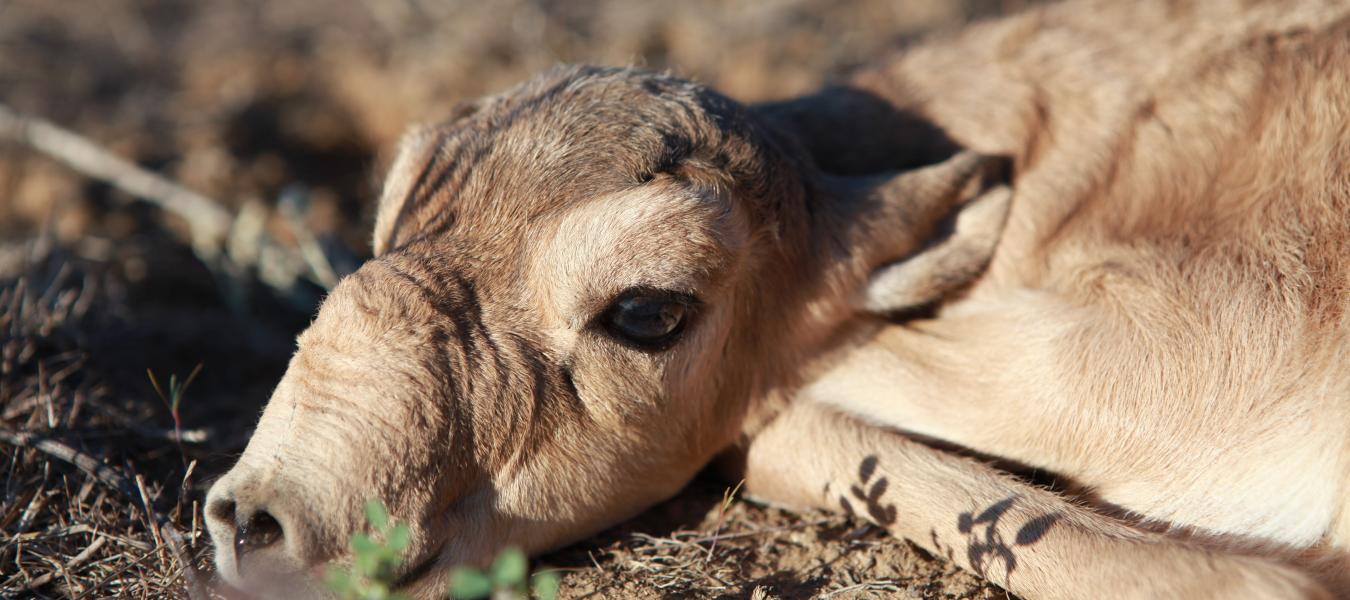Saiga antelope calving site selection is increasingly driven by human disturbance

Many terrestrial mammalian species aggregate to give birth. Such aggregations are likely to be a response to changing resource and water availability, for predator swamping and avoidance of disturbance. The critically endangered saiga antelope (Saiga tatarica) is one such species.
We analysed spatio-temporal locations of saiga calving aggregations in Kazakhstan over the last four decades obtained from aerial and ground surveys, to identify the factors determining the selection of calving sites within the species' range as well as any changes in these locations over time. Generalized mixed models were employed in a use - availability framework to assess the factors distinguishing calving from random sites and predict suitable areas for calving.
Saigas selected sites, with lower than average productivity and low year to year variability in productivity, at an intermediate distance from water sources, and away from human settlements. A significant change in calving locations was observed during the last decade, with calving areas occurring further north and further away from settlements than previously. The results demonstrate that the choice of calving areas is largely driven by environmental factors. However, disturbance also has a significant impact on calving site selection and in recent decades, its influence overrides that of environmental factors. This increase in the influence of disturbance coincides with a precipitous decline in saiga numbers due to poaching, as well as substantial reductions in the intensity of land use for livestock grazing following the breakup of the Soviet Union. Predictive models based on such studies can improve species conservation by guiding the stratification of sampling for effective monitoring and deployment of rangers to protect the females at this critical time.
